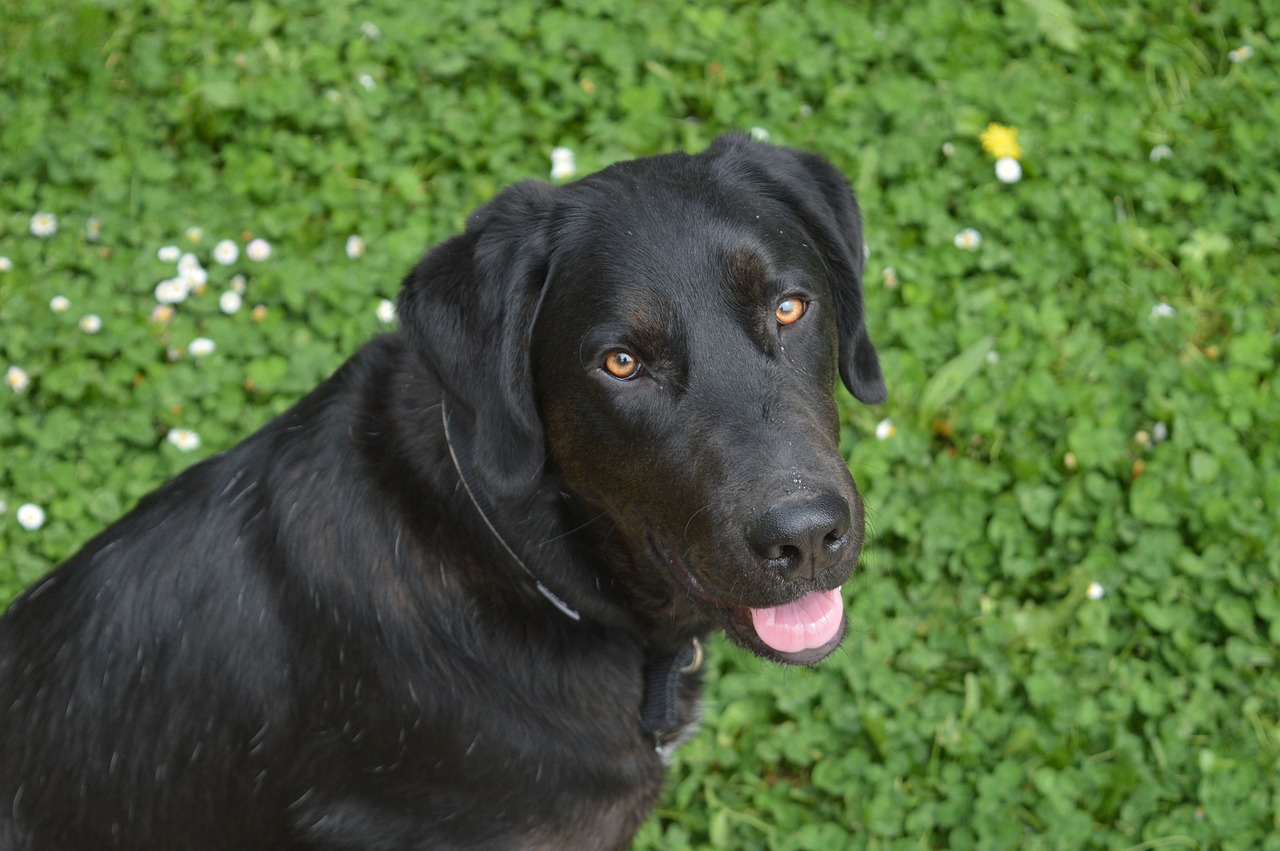Labrador Retrievers, often simply called “Labs,” are one of the most popular dog breeds in the world, cherished for their friendly nature, intelligence, and versatility. Originally bred as fishing and hunting dogs in Newfoundland, Canada, Labs are known for their love of water, strong work ethic, and gentle disposition. However, their amiable and adaptable nature often belies some of their more unusual habits. These peculiar behaviors not only provide insight into their historical functions but also add to the unique charm that Labs bring to their families. This article will explore seven of the most unusual habits of Labrador Retrievers, delving into the reasons behind each behavior and how they affect their interactions with humans and their environments. Understanding these traits is essential for any Lab owner or enthusiast, as it can help in better training and strengthening the bond between pet and owner.

1. Obsession with Water
One of the most defining traits of Labrador Retrievers is their obsession with water. This habit is deeply ingrained in their genetics, originating from their historical use as fishermen’s helpers, where they would jump into icy waters to haul nets and catch that had escaped hooks. Today, this love for water manifests in their irresistible urge to plunge into any body of water they come across, be it a muddy puddle or a sparkling lake. While this can make for great fun and exercise, it can also pose a challenge during walks or trips near water bodies. Owners should always be prepared with towels and possibly a change of clothes for themselves, and they should ensure their Lab is trained to respond to commands when near water to keep them safe.
2. Carrying Objects Around
Labs have a natural tendency to carry objects around in their mouths, a trait that can be traced back to their breeding as retrievers. They are particularly inclined to pick up anything from toys and sticks to shoes and remote controls. This habit is not only a carryover from fetching game but also a way they engage with their environment and express their innate need to work and please their owners. Training a Lab to fetch and carry specific items can channel this behavior positively, making them excellent companions for various tasks and activities.
3. “Mouthing” People Gently
Labradors are often seen “mouthing” people gently, which means they grasp a person’s hand or arm softly with their mouth. This behavior is a remnant of their puppyhood when they would use their mouths to explore the world. While generally gentle, this mouthing can be unnerving and potentially problematic, especially with children or in a crowd. Teaching Labs from a young age to curb this habit through bite inhibition training is essential, turning their natural tendency into a controlled behavior.
4. Hole Digging
Despite their well-mannered reputation, Labs can develop a habit of digging holes, especially in backyard settings. This behavior can stem from various reasons such as boredom, the instinct to bury food, or the desire to find a cool place to lie down. Providing ample exercise, mental stimulation, and a designated digging spot can help manage this behavior effectively. It’s also important to ensure they have enough interactive playtime with their owners to divert their energy positively.
5. Tail Chasing
Labrador Retrievers sometimes engage in tail chasing as a form of play or when they get overly excited. This peculiar behavior might be cute when they are puppies, but if it persists into adulthood, it could indicate boredom or lack of exercise. Since Labs are high-energy dogs, they require adequate physical and mental stimulation to keep them from developing repetitive and obsessive behaviors. Regular exercise routines and problem-solving games can help keep their minds and bodies healthy and engaged.
6. Food Obsession
Labs are well-known for their love of food, which can sometimes border on obsession. This trait can make training easier, as treats are an effective motivator, but it also poses a risk of overfeeding and obesity. It’s crucial for owners to manage their Lab’s diet carefully, establish and stick to strict feeding times, and use low-calorie treats during training. Keeping them active and monitoring their weight are essential practices to ensure they maintain a healthy lifestyle.
7. Showing Empathy
Labs are unusually empathetic, often showing an ability to detect emotional changes in their owners and respond with comforting behaviors. This sensitivity makes them excellent therapy and service dogs. They naturally seek to provide comfort and will often physically stay close to their owners when they sense sadness or distress. Encouraging this behavior through positive reinforcement can strengthen the emotional bond between a Lab and its owner, enhancing their role as a supportive companion.
Learn More About the Labrador Dog Breed: Information, Facts & Pictures
Labrador Retrievers are not just popular for their physical traits but also for their distinctive behaviors, which range from adorable to baffling. While some of these habits might require management and training to keep under control, they also make Labs wonderfully engaging pets that can adapt to a wide range of roles, from family companions to working dogs. Understanding and appreciating these unusual habits can help owners provide a more fulfilling and harmonious environment for their beloved Labs.
 Toledo, United States.
Toledo, United States.